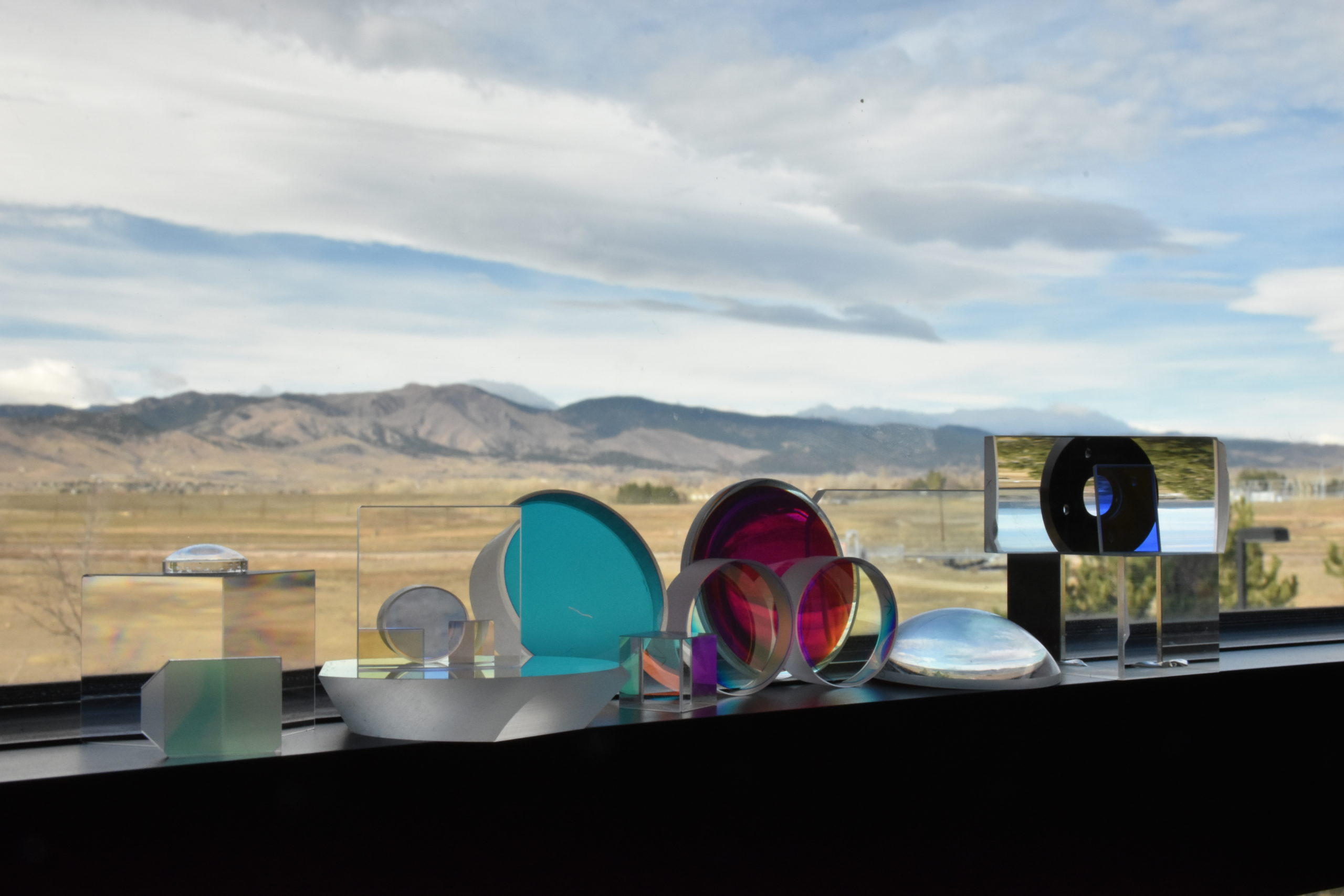The ARO prism laser polarizer is made of two identical birefringent ghosts that are assembled with airspace. The polarizer is a modification of the Glan Taylor type and is designed for less reflection loss to the prism. A dual-screened output polarizer allows a deflected beam to exit the polarizer, making it more desirable for high-energy lasers.
The surface quality of these surfaces is relatively low compared to the surface quality of the inlet and outlet. These surfaces are not assigned any quality characteristics of the crack surface.Available modules are available at Alpine Research Optics in fast delivery and low cost.
Advanced optics ARO
Germanium lenses (Ge lenses) are commonly used in IR imaging systems, which typically operate in the spectral range of 2 to 16 μm, covering LWIR (8-12 μm) and MWIR (3-5 μm) thermal imaging applications. Germanium has the highest refractive index of commercially available IR transmitters and has the lowest optical dispersion. This makes it desirable in lens design aspects where its refractive index allows otherwise impossible specifications to be constructed. Germanium can be coated with AR diamond creating extremely strong front optics and is often used as front optics in a lens group.Germanium is more durable than other IR materials, but care should be taken in high-temperature applications where the material becomes opaque in the infrared as the temperature rises. Besides the general spherical surface lens, Shalom EO (Hangzhou) also provides an aspherical surface lens made by SPDT (Single Point Diamond Turning) method. For more advanced optics you can visit our website.
Optical appliances
ARO's tunable optical filters do what conventional thin-film filters cannot: they have a tunable center wavelength. Wavelength tuning occurs in a fairly wide spectral range by changing the angle of incidence without significant transformations of spectral characteristics.If the tuning range is more than 11% of the center wavelength of the passband at the normal angle of incidence of the radiation (when the angle of incidence changes from 0 to 60 °), then only 5 filters are required to cover the entire visible spectrum. The presented optical elements are ideal for fluorescence analysis and imaging, spectroscopy, and hyperspectral imaging. Due to the insensitivity and material flatness of the filters to polarization, high quality, and radiation resistance of the elements, they can be used for almost any experiments with laser radiation.



